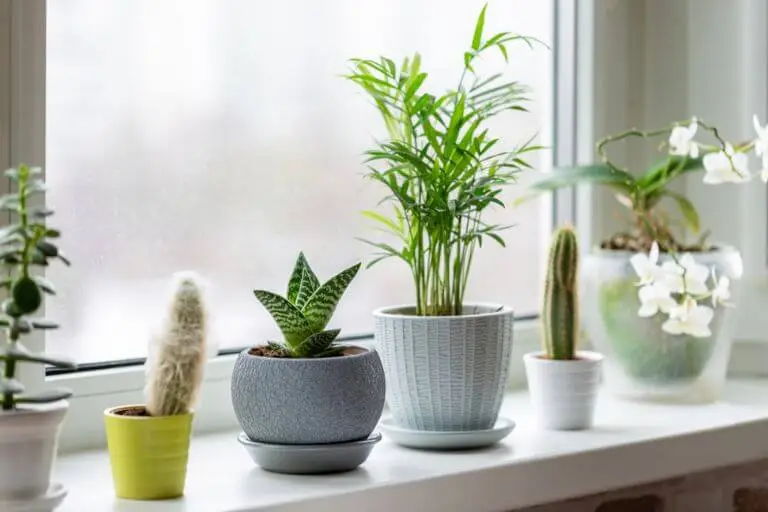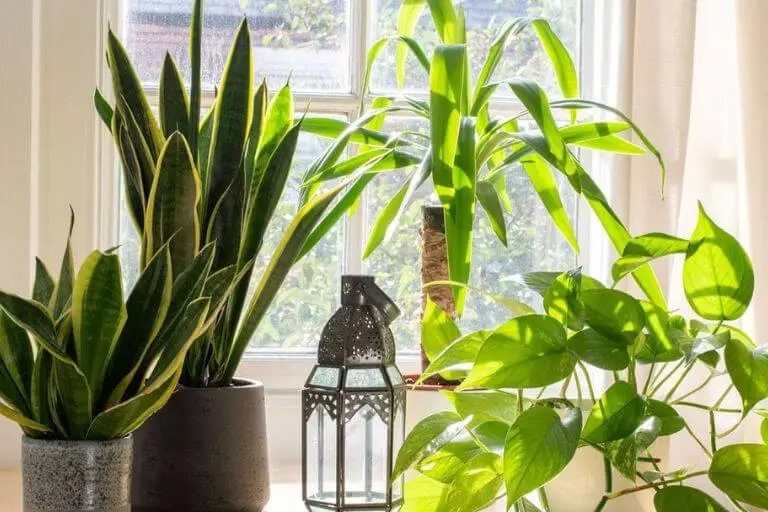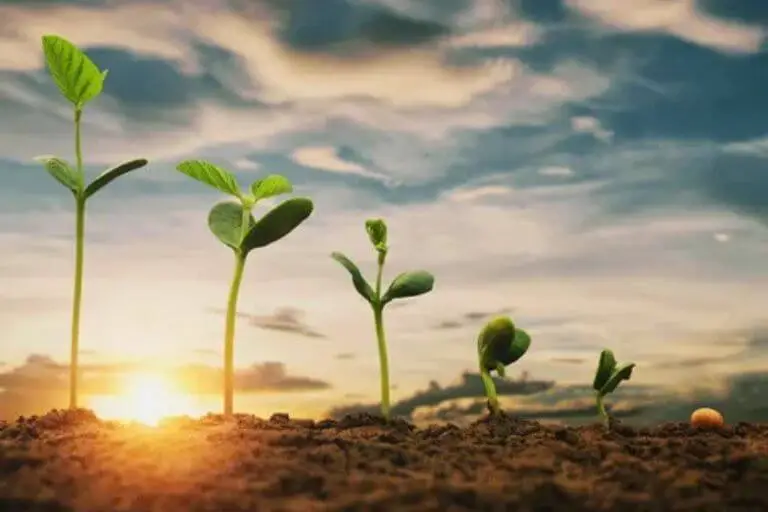
Houseplants have the incredible ability to bring life and freshness to any indoor space. They not only enhance the aesthetic appeal of your home but also improve air quality and create a calming, natural environment. However, to ensure that your houseplants thrive and grow to their full potential, you must understand their needs and provide them with the proper care. In this article, we will explore key tips and expert advice to help you keep your houseplants healthy, vibrant, and flourishing.

Are you looking to add a touch of green to your home but aren’t sure where to start? Whether you’re a plant enthusiast or a beginner, taking care of houseplants can be both fun and rewarding. However, thriving plants require attention, care, and a bit of know-how. Many people believe that taking care of houseplants is a challenging task, but with the right knowledge, anyone can enjoy a flourishing indoor garden.
In this comprehensive guide, we will walk you through everything you need to know about houseplant care—from choosing the right plants for your space to understanding their watering, lighting, and nutrient needs. Whether you’re just starting your plant journey or you’ve been cultivating an indoor garden for years, this article is designed to help you maintain healthy, thriving houseplants.
Understanding Your Houseplants’ Needs
Choosing the Right Houseplants for Your Space
When it comes to houseplants, one size does not fit all. Different plants have different needs, and choosing the right plant for your environment is crucial. Here are a few factors to consider:
- Light Requirements: Some plants thrive in bright, direct sunlight, while others prefer low-light conditions. Be sure to assess the light levels in your home and choose plants accordingly.
- Space Considerations: Consider the size and growth habits of plants before placing them in your home. Some plants, like the Monstera, can grow quite large, while others, like succulents, stay compact.
- Humidity and Temperature: Certain plants, such as ferns and orchids, thrive in humid environments, while others, like cacti, prefer drier conditions.
Choosing plants that are suitable for your home’s lighting, temperature, and humidity levels will give them the best chance to thrive.
Essential Care Tips for Thriving Houseplants
Watering: The Key to Plant Health
Watering is one of the most critical aspects of houseplant care. However, many plant owners struggle with either overwatering or underwatering their plants. Here’s how to get it right:
- Know Your Plant’s Watering Needs: Different plants have different watering needs. Some, like succulents and cacti, prefer to dry out between waterings, while others, like ferns and peace lilies, require consistently moist soil.
- Check Soil Moisture: Before watering, check the soil’s moisture level by sticking your finger into the soil about an inch deep. If it feels dry, it’s time to water. If it’s still moist, wait a few more days.
- Watering Techniques: Water your plants thoroughly so that the water reaches the roots, but be sure not to let them sit in water. Ensure that your pots have drainage holes to prevent water from accumulating at the bottom.
Common Watering Mistakes to Avoid
- Overwatering: This can lead to root rot and other health issues.
- Underwatering: Plants will wilt and dry out if they don’t receive enough water.
- Watering with Cold Water: Always use room temperature water to avoid shocking your plants.
Lighting: The Secret to Healthy Growth
Plants need light to thrive, but different plants have different light requirements. Here’s what you need to know:

- Direct vs. Indirect Light: Some plants need direct sunlight, while others do better in indirect light. Be sure to place your plants in spots where they’ll receive the right amount of light.
- Signs of Too Much or Too Little Light: If your plant’s leaves are turning yellow or brown, it may be getting too much light. If the stems are stretching or leaning toward the light source, it’s likely that the plant is not getting enough light.
Tips for Maximizing Sunlight
- Place plants near windows that receive the most sunlight during the day.
- Rotate your plants regularly to ensure all sides get equal exposure.
- Consider using grow lights for plants that require more light than your home can provide.
Fertilizing Your Houseplants
In addition to water and sunlight, houseplants also need nutrients to grow strong and healthy. Fertilizing your plants regularly provides them with essential nutrients that may be lacking in the soil.
- When to Fertilize: During the growing season (spring and summer), plants benefit from regular fertilization. In fall and winter, when plant growth slows, reduce or stop fertilizing altogether.
- Types of Fertilizers: There are two main types of fertilizer: liquid and granular. Liquid fertilizers are typically absorbed more quickly by plants, while granular fertilizers provide a slow-release option.
- Organic vs. Synthetic: Organic fertilizers, such as compost or fish emulsion, provide a more natural nutrient source, while synthetic fertilizers offer a more controlled and concentrated nutrient supply.
Common Houseplant Problems and Solutions
Even the most well-cared-for plants can face challenges. Here are some common issues and how to deal with them:
Dealing with Pests
Houseplants are susceptible to a variety of pests, including spider mites, aphids, and mealybugs. To prevent or treat infestations:
- Inspect Regularly: Check your plants for signs of pests, such as discolored or damaged leaves.
- Use Natural Remedies: Neem oil, insecticidal soap, and diatomaceous earth are natural pest control options.
- Quarantine New Plants: When adding a new plant to your collection, isolate it for a few weeks to prevent the spread of pests.
Yellowing Leaves and Drooping Stems
If your plant’s leaves are turning yellow or its stems are drooping, this could indicate a problem:
- Overwatering: Yellowing leaves are a common sign of overwatering, so check the moisture level and reduce watering if necessary.
- Nutrient Deficiency: Yellowing leaves can also be a sign that your plant needs more nutrients. Consider fertilizing it to boost its health.
Root Rot and How to Prevent It
Root rot is a common issue for houseplants, usually caused by overwatering or poor drainage. To avoid root rot:
- Ensure that your pots have drainage holes.
- Avoid letting plants sit in water for prolonged periods.
- Repot plants if you notice signs of root rot, such as a foul smell or mushy roots.
Advanced Care Tips for Houseplant Enthusiasts
Once you’ve mastered the basics of houseplant care, you can explore more advanced techniques to further optimize your plant care routine.
Repotting Your Plants
Repotting is essential for the health of your plants, especially as they grow. Over time, plants can outgrow their pots, and the soil may become depleted of nutrients.
- Signs It’s Time to Repot: If your plant has outgrown its pot, is root-bound, or the soil is no longer draining well, it’s time to repot.
- How to Repot: Choose a pot that’s 1–2 inches larger in diameter than the current pot. Remove the plant gently and replace the old soil with fresh, nutrient-rich potting mix.
Propagating Your Plants
Plant propagation is an enjoyable way to expand your houseplant collection. You can propagate plants through various methods, such as stem cuttings, leaf cuttings, or division.
- Stem Cuttings: For many plants, simply cutting a healthy stem and rooting it in water or soil will create a new plant.
- Division: Some plants, like spider plants, can be divided into smaller sections and repotted individually.
Conclusion: Cultivating a Thriving Indoor Garden
Taking care of houseplants doesn’t have to be overwhelming. With the right knowledge, you can create a lush, vibrant indoor garden that will bring joy to your home. Start by choosing plants that suit your environment, provide them with the proper care, and watch them flourish.
Remember, each plant is unique, and understanding its specific needs will help ensure it thrives. Happy planting!
FAQs
1. How often should I water my houseplants?
Watering frequency depends on the type of plant and the environment. Always check the moisture level before watering.
2. What are the best houseplants for beginners?
Some of the easiest houseplants to care for include snake plants, pothos, and ZZ plants.
3. Why are my houseplant leaves turning yellow?
Yellowing leaves could indicate overwatering, insufficient light, or nutrient deficiencies.
4. How do I prevent pests on my houseplants?
Regularly inspect your plants, use natural remedies like neem oil, and isolate new plants to prevent pest infestations.
5. Do houseplants need fertilizer?
Yes, houseplants benefit from regular fertilization, especially during the growing season.
SEO Optimized Elements
- Focus Keywords: Houseplants, thriving houseplants, indoor garden, plant care.
- SEO Title: Top Tips to Keep Your Houseplants Thriving and Healthy.
- Slug: top-tips-houseplants.
- Meta Description: Discover top tips to keep your houseplants thriving with proper care, watering, and sunlight for a vibrant indoor garden.
- Alt Text for Images: A variety of houseplants thriving in natural light.
Here are four SEO-friendly tags for the article:
- Houseplant Care
- Indoor Gardening Tips
- Thriving Houseplants
- Plant Maintenance Guide
